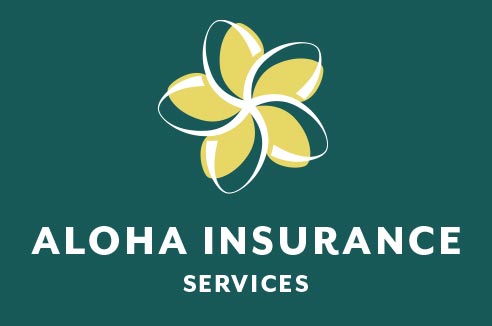The price you pay for your auto insurance can vary by hundreds of dollars, depending on what type of car you have and the insurance company you buy your policy from. Here are some ways to save money.
Don’t shop by price alone.
You want a company that answers your questions and handles claims fairly and efficiently. Ask friends and relatives for their recommendations. Contact your state insurance department to find out whether they make available consumer complaint ratios by company.
Before you buy a car, compare insurance costs.
Before you buy a new or used car, check into insurance costs. Your premium is based in part on the car’s sticker price, the cost to repair it, its overall safety record and the likelihood of theft. Many insurers offer discounts for features that reduce the risk of injuries or theft. These include air bags, anti-lock brakes, daytime running lights and anti-theft devices. Some states require insurers to give discounts for cars equipped with air bags or anti-lock brakes.
Ask for higher deductibles.
Deductibles represent the amount of money you pay before your insurance policy kicks in. By requesting higher deductibles, you can lower your costs substantially. For example, increasing your deductible from $200 to $500 could reduce your collision and comprehensive coverage cost by 15-30%. Going to a $1,000 deductible can save you 40% or more.
Reduce coverage on older cars.
Consider dropping collision and/or comprehensive coverages on older cars. It may not be cost-effective to continue insuring cars worth less than 10 times the amount you would pay for coverage. Any claim payment you receive would not substantially exceed your premiums minus the deductible. Claims occur on average only once every 11 or 12 years. Auto dealers and banks can tell you the worth of a car, or you can look it up online at Kelley Blue Book. Review your coverage at renewal time to make sure your insurance needs haven’t changed.
Buy your homeowners and auto coverage from the same insurer.
Many insurers will give you a discount if you buy two or more types of insurance from them. You may also get a reduction if you have more than one vehicle insured with the same company. Some insurers reduce premiums for long-time customers. But shop around; you may save money buying from different insurance companies despite the multi-policy discount.
Take advantage of low-mileage discounts.
Some companies offer discounts to motorists who drive a lower than average number of miles per year. Low mileage discounts can also apply to drivers who carpool to work.
Ask about group insurance.
Some companies offer reductions to drivers who get insurance through a group plan from their employers, or through professional, business and alumni groups and other associations. Ask your employer or any groups or clubs to which you belong.
Maintain good credit.
Your credit rating may affect what you pay for insurance, so keep a close eye on it. Credit makes insurance rates more accurate, fair and objective. While the use of insurance scoring varies from state to state and company to company, it is a fact that drivers with long, stable credit records have fewer accidents than drivers who don’t. There are various Internet services that allow you to check your credit rating and provide tips on how to improve your score.
Seek out safe driver discounts.
Companies offer discounts to policyholders who have not had any accidents or moving violations for a number of years. You may also qualify for a cut if you have recently taken a defensive driving course.
Inquire about other discounts.
You may get a break on your insurance if you are over 50, or, in some cases, 55 and retired, or if there is a young driver on the policy who is a good student, has taken a drivers education course or is at a college, generally at least 100 miles away.
Inquire about discounts associated with these variables:
- $500 deductible
- $1,000 deductible
- More than 1 car
- No accidents in 3 years
- No moving violations in 3 years
- Drivers over 50-55 years of age
- Driver training courses
- Defensive driving courses
- Anti-theft devices
- Low annual mileage
- Air bags
- Anti-lock brakes
- Daytime running lights
- Student drivers with good grades
- Auto and homeowners coverage with the same company
- College students away from home
- Long-time customers
Don’t forget that the key to savings is not the discounts but the final price. A company that offers few discounts may still have a lower overall price.


